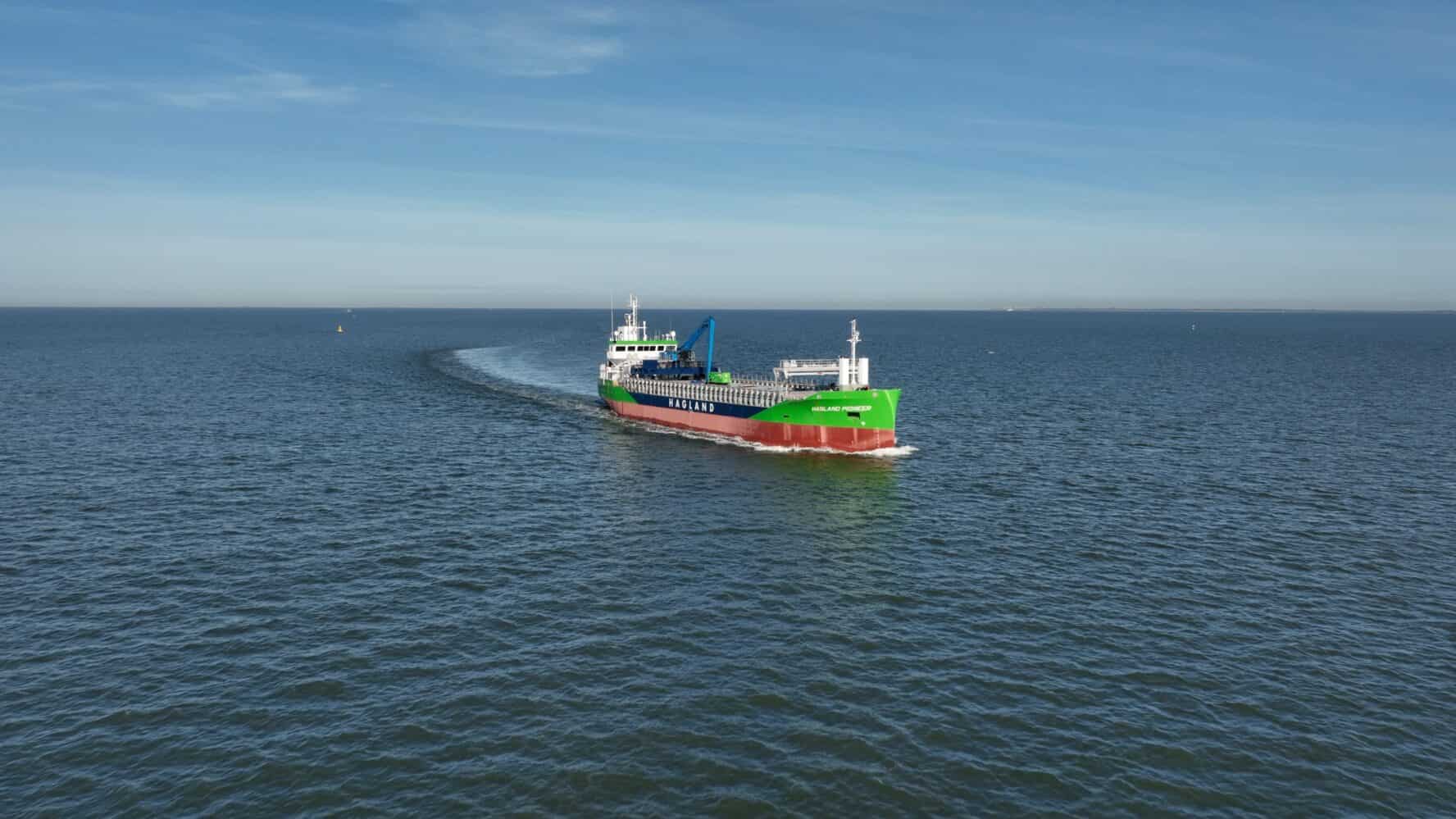
The Dutch maritime sector wants to become a world leader in the field of sustainable shipbuilding and shipping. In the ‘Master plan for an emission-free maritime sector’ published yesterday, the Dutch shipping industry states that it wants to have thirty emission-free ships in service by 2030, according to the press release about the plan issued by Netherlands Maritime Technology.
In what is known as the Green Deal, the government has made agreements about making both ocean and inland shipping more sustainable. Among other things, these agreements set out the aim to achieve this by 2030 as follows:
- Reduce CO2 emissions from the Dutch inland shipping fleet by 40 to 50 percent in comparison to 2015,
- have at least 150 inland vessels equipped with a zero-emission power train,
- put into service at least one emission-free ocean-going vessel.
The plan that the sector has now presented as a ‘roadmap’ for these targets focuses on the funding and development of technologies to put zero-emission ships into service for practically 100 percent. Among other things, the shipping companies and associated businesses want to set up thirty pilot projects for both ocean and inland shipping. The Dutch Ministry of Defense and the Directorate-General for Public Works and Water Management (‘Rijkswaterstaat’) have already committed themselves to these projects. After all, the Dutch government, together with the Royal Netherlands Navy and the many ships of the Rijkswaterstaat, is itself a major shipping company.
Speeding up the energy transition
According to Rob Verkerk, chair of Nederland Maritiem Land (Netherlands Maritime Land), the recovery period after the corona pandemic offers an opportunity to speed up the maritime energy transition. “The Netherlands must become a world leader in the field of sustainable shipbuilding and shipping,” says Verkerk. “With this initiative, the Dutch government will be the first to sail emission-free ships as well as strengthen our international competitive position.”
The implementation of the Master Plan calls for additional funding. The sector can finance up to 75 percent by itself. Yet without financial support from the government, it will not be possible to achieve these ambitious targets. The maritime sectors are therefore asking for €250 million from the Dutch Good Growth Fund, or the EU’s Recovery & Resilience Facility (RRF).
Innovation event
Yesterday, the online innovation event from the Maritime Top Consortium Knowledge & Innovation also focused on the continued development of sustainable technologies. These include, for example, electric sailing, hydrogen or methanol as an alternative fuel, the use of lighter materials such as aluminum, and innovative ship designs. In addition to making new construction more sustainable, the sector also wants to make the existing fleet ‘greener’ in order to meet its climate targets.
You can also read other IO articles about sustainable shipping via this link.







